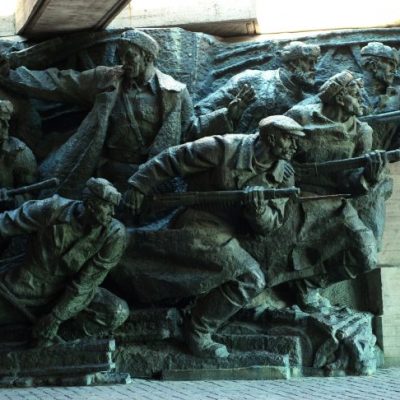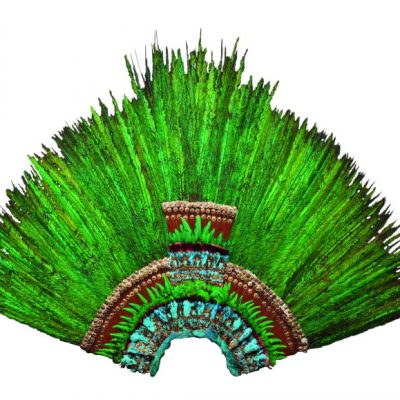On Thursday, the New York Times reported the efforts of museums in Ukraine to protect their collections in the face of the Russian invasion. At the Museum of the History of Ukraine in the Second World War, its staff have moved its most important items to a safe location in what the director called ‘a great feat’. The director of the Odessa Fine Arts Museum told the New York Times that it was doing the only thing it could do, i.e. move items to the basement. And, at the end of Thursday, reports the Art Newspaper, the organisers of the Ukrainian Pavilion at the Venice Biennale announced that they had stopped preparations for their exhibition of the artist Pavlo Makov.
Alistair Hudson, director of the Whitworth Art Gallery and Manchester Art Gallery, has, the Guardian reports, been asked to resign by the University of Manchester. The move comes, according to the Guardian, after complaints about an exhibition at the Whitworth last summer by Forensic Architecture, when a statement of solidarity with Palestine was first removed by the Whitworth Art Gallery and then reinstated. Jonathan Turner, chief executive of UK Lawyers for Israel, a group that had complained about the statement last year said that UKLFI had suggested to the university that it take ‘appropriate disciplinary action’. A spokesman for the University of Manchester said, ‘We absolutely uphold academic freedom. Staffing matters are strictly internal to the university and we never comment on questions of this nature.’
Jordanian and French archaeologists announced on Tuesday that they have found a 9,000-year-old ritual complex in the desert in the east of Jordan. The site is near the remains of large-scale traps that were used to pen wild gazelles (‘desert kites’) and contains carved standing stones bearing anthropomorphic figures, one of which is accompanied by a representation of the ‘desert kite’, as well as an altar, hearth, sea shells and a miniature model of the trap. The co-director of the dig, Wael Abu-Azziza, said that ‘everything was almost intact’.
Last week, two activists swapped the audio guides of the Weltmuseum in Vienna over several days with a version demanding that Moctezuma’s headdress be returned to Mexico. One of the activists, Yosu Arangüena, told El Confidencial that ‘Since we couldn’t steal the audio guides […] we brought our own audio guides. We […] have “given” them to the museum.’ A spokesperson for the museum reiterated the Weltmuseum’s view that the crown of feathers, given by Hernan Cortes to Charles I and said to have been worn by the Emperor Moctezuma, is too fragile to make the journey: ‘We are keeping up with the latest technological developments. But at this time, technology does not offer a way to transport the feather headdress.’



